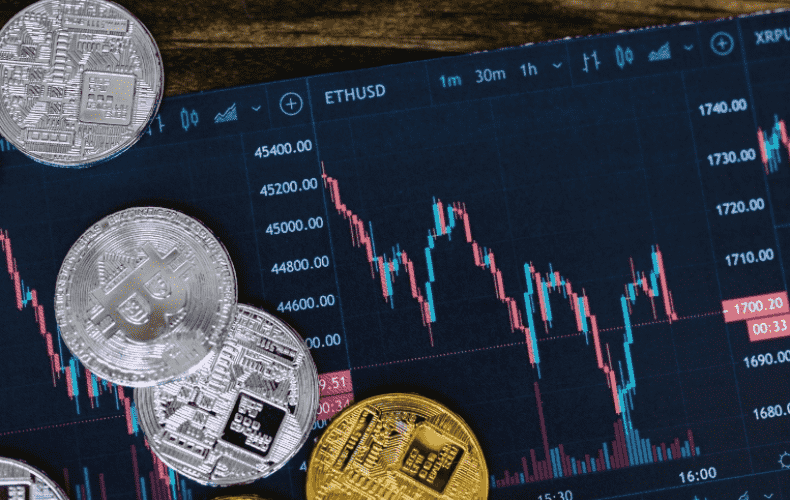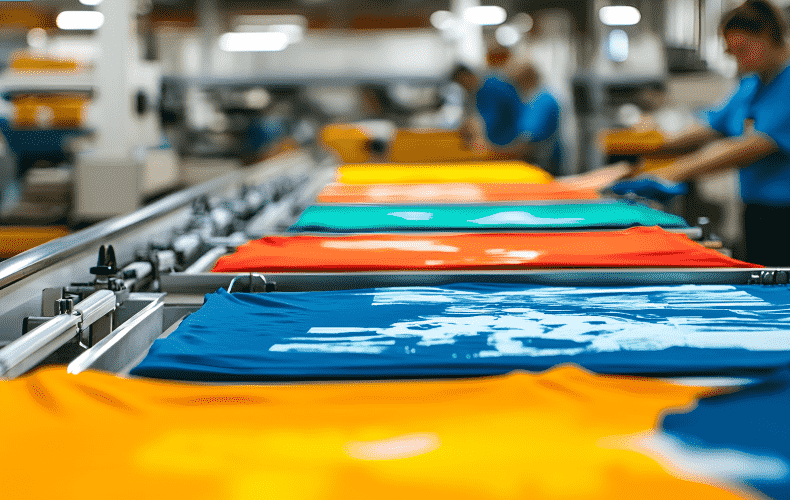
Crypto Investment Entry and Exit Strategies of Institutional Investors
Section: Business
The seven-day incidence of coronavirus has been rising for nearly three weeks. According to data released by the Robert Koch Institute (RKI) this Monday morning, it now stands at 14.3, up from 13.8 the previous day and 4.9 at the recent low on July 6.
Health offices in Germany last reported 958 new Corona infections to the RKI within one day. A week ago, the figure for Germany had been 546 infections. The incidence has been the basis for many Corona restrictions in the pandemic so far, for example within the framework of the federal emergency brake, which expired at the end of June. In the future, other values such as hospital admissions will be taken into account to a greater extent.
Across Germany, three deaths were recorded within 24 hours, according to the new data. A week ago, there had been one death. The number of people who died from or with the involvement of a proven infection with the virus Sars-CoV-2 rose to 91,527.
The RKI counted 3,756,856 confirmed infections with Sars-CoV-2 since the start of the pandemic, but the actual total is likely to be much higher because many infections go undetected. The RKI gave the number of those who have recovered as 3,646,100.
Given the current situation, Saarbrücken pharmacy professor Thorsten Lehr sees no chance of achieving herd immunity in Germany. There is far too little vaccination and willingness to vaccinate, the Corona forecasting expert told dpa. For herd immunity and thus successful containment of the pandemic, 85 percent of Germans would have to be vaccinated or recovered - in other words, immune. Instead, Lehr sees a new wave rolling toward Germany, according to his calculations. If growth continues as it is now, an incidence of 150 can be expected by the end of September, says Lehr, who is running a Covid 19 simulation project with other researchers.
Vaccinations could bring a slowdown, but the number of vaccinations is currently "really massively declining." Low-threshold access to vaccination services will now be "very important." In addition, it is necessary to "reach out to groups" that have not yet been vaccinated - such as 12- to 15-year-olds. Between 60 and 70 percent of all new infections affect 15- to 35-year-olds, according to Lehr.
But even if the pace of vaccination picked up, that would not help much at present because of the time lag - that is, until the vaccinations took full effect. "That's why we should first and foremost see that we don't relax all measures," the expert said. One should maintain basic rules and the mask requirement, and in no case should all measures be jettisoned, as in the United Kingdom. "Hospital occupancy rates have already risen dramatically there. It's going to get even more dramatic there."
Lehr also expects another increase in hospitalizations with covid patients in Germany. Certainly, he said, there is a shift toward patients "who don't die quite as quickly." But it remains the case that they are likely to have a severe course, he said. And there will be more deaths among younger patients, too, he said.
"It's not like this is a deluge that's coming over us and there's nothing we can do about it," Lehr says. "We ourselves have control over what happens. That's why we have to make sure we don't sleep through this summer like we did last summer." He is in favor of sticking to the seven-day incidence as a value for evaluating the Corona situation, he said. The hospitalization factor occurs with a time lag to cases, he said.
The German Hotel and Restaurant Association (Dehoga) is calling on the German government to create positive incentives for those who have been vaccinated to increase the vaccination rate. "This means that the restaurant visit like the hotel stay must be allowed in any case for double vaccinated also in autumn and winter furthermore", says Dehoga managing director, Ingrid Hartges, to the newspapers of the Funke Media Group. Also, apart from incidences, there is a need for new decision-making criteria for assessing the infection situation. "In the 17th month of the pandemic and a vaccination rate of currently 50 percent, it is urgent to define other parameters." Other factors, such as the vaccination rate, the development of disease progression, the hospitalization rate and the mortality rate, would have to be taken into account.

Section: Business

Section: Arts

Section: Arts

Section: Business

Section: Business

Section: Arts

Section: Health

Section: Arts

Section: News

Section: News
Health Insurance in Germany is compulsory and sometimes complicated, not to mention expensive. As an expat, you are required to navigate this landscape within weeks of arriving, so check our FAQ on PKV. For our guide on resources and access to agents who can give you a competitive quote, try our PKV Cost comparison tool.
Germany is famous for its medical expertise and extensive number of hospitals and clinics. See this comprehensive directory of hospitals and clinics across the country, complete with links to their websites, addresses, contact info, and specializations/services.
One of the most beautiful squares transforms into a summer stage every year for two days. The Gärtnerplatz Open-Air features a free music and cultural program across three stages, as well as street food from local vendors. On Saturday, the main stage at Gärtnerplatz offers something for everyone,...



No comments yet. Be the first to comment!